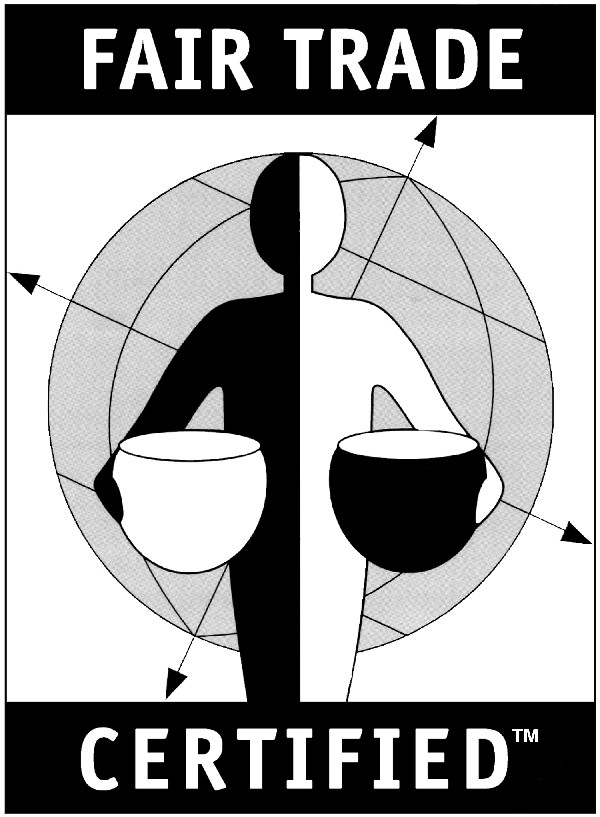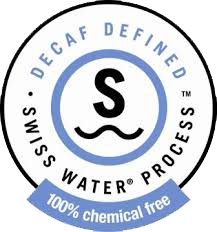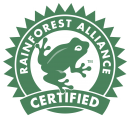Coffee of Papua New Guinea
‘PNG’
the marketing label given to the popular brand of New Guinea Coffee is produced in the eastern half of the island state. There are two varieties, though, of this coffee, the one produced by large estates by the wet process and the other produced by small farmers in their backyards, also by the wet process. The large estate coffees are also of many brands namely the Sigri and Arona, apart from Papua New Guinea, which are all high-grown coffee (wet-processed coffee) with fragrance and “low-key luxuriousness” akin to the type grown in Maritime Southeast Asia (refers to the maritime region of Southeast Asia as opposed to mainland Southeast Asia and comprises Malaysia, Brunei, the Philippines, Singapore and Indonesia. Maritime Southeast Asia is sometimes also referred to as “Island Southeast Asia” or “Insular Southeast Asia”. The nineteenth-century term “Malay Archipelago” refers to a largely similar area.)

Papua New Guinea is often lumped in with Indonesian coffees. But it is distinct in nearly every way. Papua New Guinea occupies the eastern half of the island it shares with Irian Jaya, which produces only a token amount of coffee itself. It’s a world away from Java or Sumatra, geographically, culturally, and in most aspects of coffee production. The multitudinous ethnic groups of PNG share nothing in common with the Bahasa or Batak or Gayo peoples, or the many other Indonesian groups. And the coffee is not wet-hulled as many Indonesia coffees are; they are wet-processed, which might sound similar in name but is remarkably different in terms of the resulting cup flavours.
Coffee is the highest foreign exchange earner for Papua New Guinea, the majority of which is grown in the Eastern Highland Province, the Western Highland Province, and Simbu. With the industry not derived on a colonial plantation-based system, production is largely by small farmers with land holdings that grow as little as 20 trees per plot in “coffee gardens” alongside subsistence crops. Predominantly in isolated places, the product is mostly certified as “organic coffee.
Coffee production in the country dates back to 1926/1927 when the first Jamaican Blue Mountain Coffee seeds were planted. However, the Coffee Research Institute claims that coffee was introduced to British Papua in 1890, although it is widely accepted that commercial production only took off in the country in the late 1920s. In Sangara, Papua New Guinea in the foothills in the southeast of the country, 18 commercial coffee plantations were established in 1926, paving the way for commercial production from 1928 onwards.
Source:
Wikipedia the free encyclopedia








